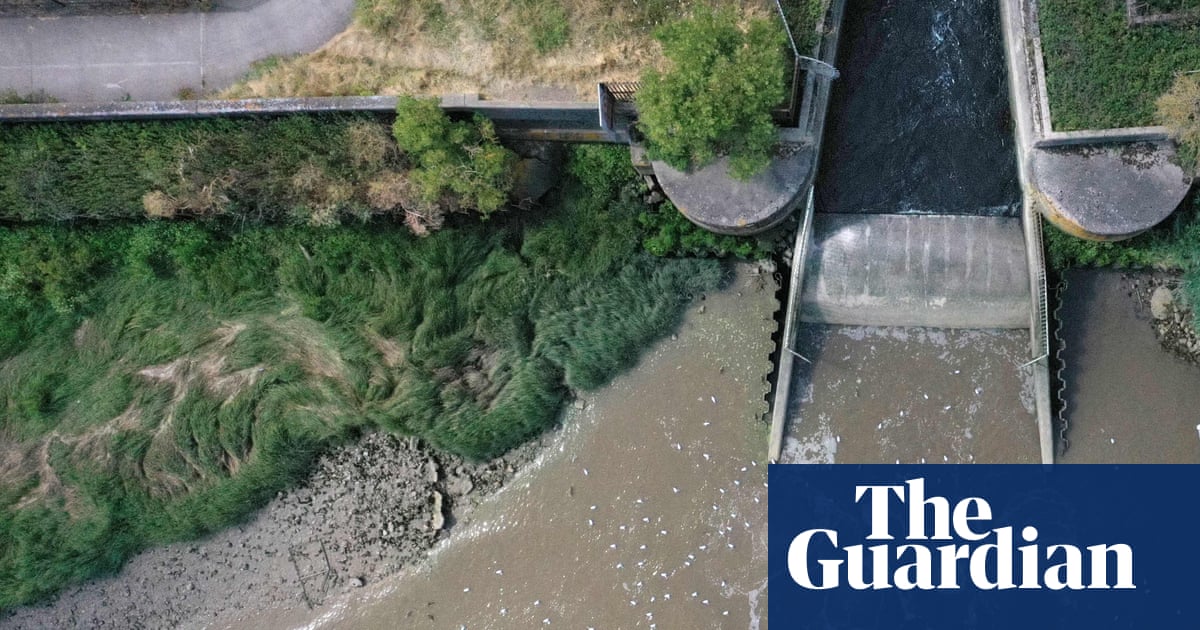More than 4m hours of raw sewage discharges poured into rivers and seas last year, a 129% increase on the previous 12 months, new figures are expected to reveal on Wednesday.
Total discharges from the 14,000 storm overflows owned by English water companies that release untreated sewage into rivers and coastal waters increased by 59% to 477,972, making 2023 the worst year for sewage spills, according to an early estimate of the Environment Agency figures seen by the Guardian.



I’m struggling to find information as to why we measure sewage discharge in hours rather than something we can easily understand (like litres).
As it stands it’s really difficult to imagine just how much sewage is being discharged into our waterways. After all, I imagine that sewage is discharged at different rates across different sewage treatment facilities (i.e. one facilities hour of discharge could be a greater volume than another facility).
There’s just no way for the public to know for certain, it seems.
As I understand it, they have only recently had a requirement for monitoring at all - and as far as I can tell the monitoring is in the form of loggers that simply register whether a valve is open or closed.
There are a hell of a lot of these discharge points, and I can appreciate that getting any kind of monitoring on all of them is quite a task. Fitting flow meters to them all - rather than simple on/off indicators - would be another very big and very expensive job altogether. Yes, it would be good to know but, personally, I would rather they spend that time and money on working to stop the discharges than counting them all more accurately.